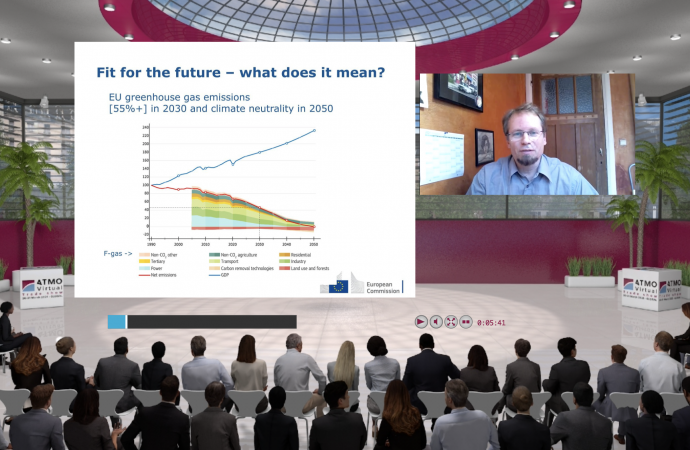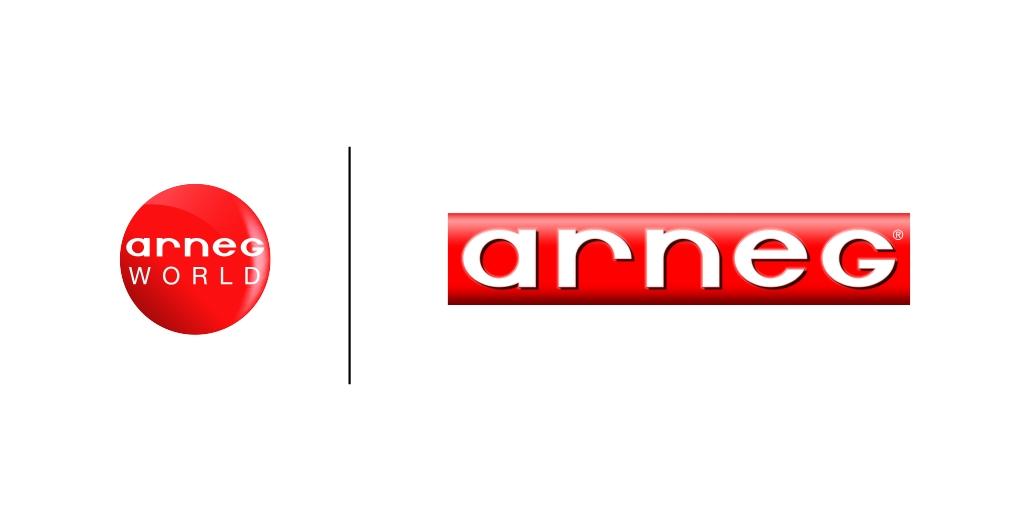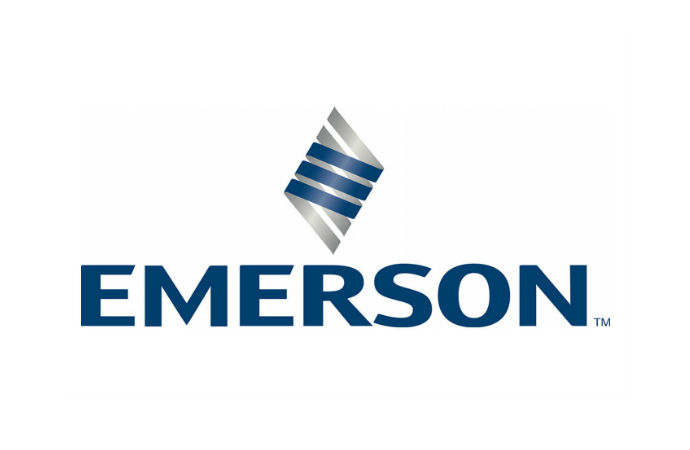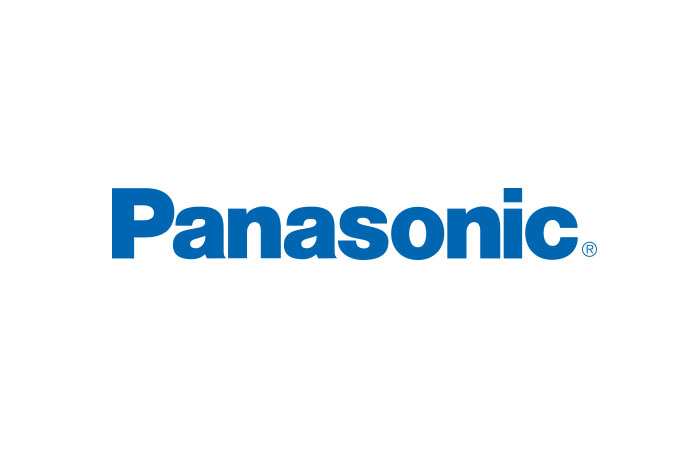The ATMOsphere Review Panel has selected the final round of case studies from Arneg, Carrier, Dearman, Emerson, Frigo-Consulting, Panasonic and RLS to be presented at ATMOsphere Europe 2017.

Seven new case studies from Arneg, Carrier, Dearman, Emerson, Frigo-Consulting, Panasonic and RLS will be presented at the 8th edition of ATMOsphere Europe, which takes place in Berlin, Germany, on 25-27 September.
Over 350 industry experts will attend the three-day conference (two half-days and one full day) to discuss the latest policy and market trends and technological innovations in the natural refrigerants world.
A session dedicated to the German market is among this year’s highlights.
The presentations are:
Arneg | Comparison between real plants using R744 with ejector and parallel compressor and a conventional R134a/R744 cascade, in warm climates by Enrico Zambotto
The comparison is based on one-year results data collection and correlates the energy consumption of a conventional cascade R134a-CO2 plant with a booster system using CO2 and fitted with the latest energy performance enhancement solutions.
The study compares how the parallel compressor and ejector can be used to bring similar or better performance than using R134a-CO2 cascade systems, even in temperate climates. The case study will talk about plant specifications, the environmental impact of each of the two solutions, and energy performance and efficiency.
Carrier | Further enhancements in the application of modulating ejectors by Dominique Giraud
Over the past 10 years, Carrier has pioneered the development of the natural refrigerant CO2 for use in food retail and industrial refrigeration applications. Carrier will present the results of the latest developments of their modulating ejector technology.
Dearman | Enabling a subcritical CO2 vapour cycle using cryogenic cooling by Freddie Wilson
The Dearman Engine is a highly efficient Rankine-cycle piston engine powered by the phase-change expansion of liquid air or liquid nitrogen. When used in refrigeration applications, the system uses both the latent heat of vapourisation of the liquid nitrogen, and a secondary vapour cycle driven by the Dearman engine to provide cooling, whilst a secondary fluid circuit is used to both cool the vapour cycle condenser and improve the efficiency of the expander.
This case study describes the potential benefits of a Dearman transport refrigeration unit (TRU) using CO2 as a natural refrigerant in the vapour cycle. Low condensing temperatures are achievable using cooling from the liquid nitrogen, enabling the system to operate subcritically in all ambient conditions.
Emerson | Compact CO2 Refrigeration Unit in Commercial Application by Markus Lenz
With an HFC phase-down target of almost 80% by year 2030, the F-gas Regulation will severely impact the refrigerant landscape of the industry. At the same time the Ecodesign Directive and in particular EU Regulation 2015/1095 defines minimum efficiency targets for condensing units. These changes in legislation create an increasing demand for smaller systems that are highly efficient and use natural refrigerants.
The presentation introduces an efficient commercial refrigeration solution operating with the natural refrigerant CO2. Energy consumption data generated from a real application is compared to data measured in a test laboratory. Based on this, the expected seasonal efficiency is extrapolated and compared to the SEPR value as calculated according to EU Regulation 2015/1095. The presentation provides an analysis of how changing control parameters influence the Coefficient of Performance (COP) in relevant operating conditions and also considers the impact on the total cost of ownership for end users.
Frigo Consulting | A cost-effective solution for small- to medium-sized markets by Sarah Bangerter
An innovative system based on natural refrigerants, which will be commissioned in summer 2017, will be presented. The system is specially designed for small and medium-sized markets or similar applications to cover all heating and cooling demands. The cost-effective and efficient system leaves the end user little choice than to opt for natural refrigerants.
Panasonic | CO2 refrigeration system for small-format retail stores or walk-in coolers in Europe by Gaky Shimada
This presentation attempts to show how Panasonic is introducing CO2 refrigeration systems for small format refrigeration in Europe. It is a challenge for Panasonic to introduce Japanese well-known CO2 refrigeration units to Europe, which is the biggest HFC-free refrigeration system market.
After Panasonic conducted a field test in a local store in Denmark as well as local marketing activities by its local subsidiary company (Panasonic Appliances Air-conditioning Europe) in recent years, it has just started to deliver the 1.6 kW CO2 refrigeration unit to Denmark, Sweden, Norway and Belgium early this summer. An example of a real installation with the 1.6 kW unit will give you a better option to introduce CO2 refrigeration systems in small format retail stores or walk-in coolers in Europe.
RLS | Press-to-connect/flame-free stainless steel solution engineered for CO2 applications by Michael Duggan
RLS LLC, a Marmon/Berkshire Hathaway Company, will unveil its patented new stainless steel press-to-connect system engineered for CO2 systems.
Press-to-connect as a method to install is widely specified and accepted in low-pressure HVAC&R and plumbing systems around the world. The RLS system of press-to-connect stainless steel fittings, valves and tubes will provide system designers, engineers and installers with the currently-out-of-reach ability to engineer and install CO2 systems quickly and without the need for a flame.
This significant innovation will instantly reduce one of the barriers to more rapid CO2 system adoption – high initial costs – while also providing a safer and more environmentally friendly installation. Significant total installed cost and safety advantages over the welded steel, brazed copper and brazed copper with impurities system approaches will be illustrated.
Michael will also share technical product information including; pressure performance, leak rates, explosive decompression and longevity testing carried out by highly accredited third-party laboratories.
To join the conversation, register today or click here for more information. We look forward to welcoming you!
Related stories






